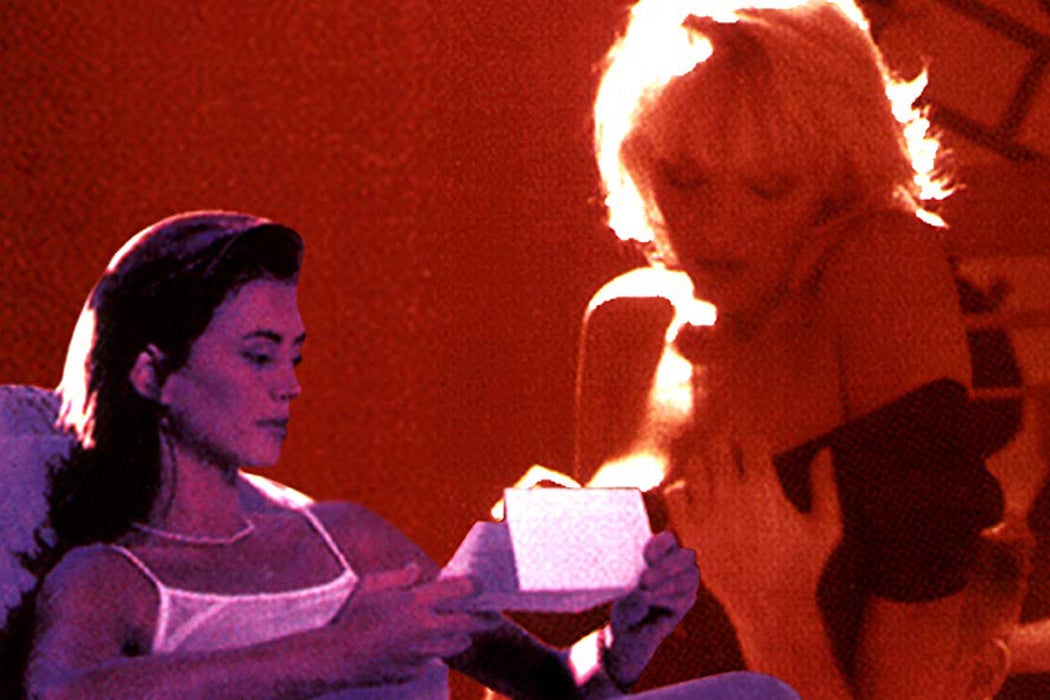Thirty-five years ago, a new technology was bringing pornographic video into America’s living rooms and bedrooms, raising a growing opposition from “the mothers and fathers concerned about the moral well-being of their children, the wives abandoned by over-sexed husbands, and the many others who have been victimized in one way or another by widespread pornography.” That was how Senator Jesse Helms characterized the situation in 1985, when cable TV was spreading across the country. As film and media studies scholar Luke Stadel writes, long before the internet, the battle over cable porn raised legal and moral questions about technology that made sexual content available at the flip of a switch.
The first subscription TV network delivered by cable, Home Box Office, was founded by Time Inc. in 1972. HBO lured subscribers with sexploitation movies, which occupied a middle ground between broadcast TV or Hollywood films and hardcore porn that required a trip to a sleazy movie theater.
Local cable channels also offered a variety of titillating material. Starting in 1970, New York City cable customers could watch “The Ugly George Hour of Truth, Sex, and Violence,” featuring former porn performer George Urban traveling around the city, inviting women to come to his studio and strip for the camera.
By 1980, Stadel describes, customers willing to pay an extra fee beyond the cost of basic cable could choose sometimes-risqué movie channels like HBO and Cinemax or specifically adult channels, including short-lived softcore porn options like the Pleasure Channel, Adults Only, and Eros. The most successful channel in this niche was the Playboy Channel, which started in 1982. But even Playboy struggled. It attempted to broaden its audience with investigative documentaries aimed at women, and compensated for a lack of original material by showing hours of what one 1986 account called “third-rate, poorly dubbed European sex films.”
Although porn never became a big part of the cable TV business, it was central in debates over its regulation—particularly whether it should be subject to the same FCC rules that applied to broadcast television. In testimony supporting a proposed ban on cable porn, Senator Jeremiah Denton read from a letter by newspaper columnist Jack Anderson, who wrote that “children across the country are getting their sex education from these lascivious programs…. No sex orgies that have occurred in bed, behind a barn or in a whorehouse could be any worse than what our children can now see in their living rooms.”
Sign Up for Our Newsletter
According to Stadel, opponents from the cable industry and the ACLU pushed back against this image of cable porn invading the home. Unlike TV that relied on the public airwaves, they pointed out, cable programming only went to people who had chosen it.
Ultimately, their position won out. Porn had found a place in America’s homes that would only grow over the next three decades.







